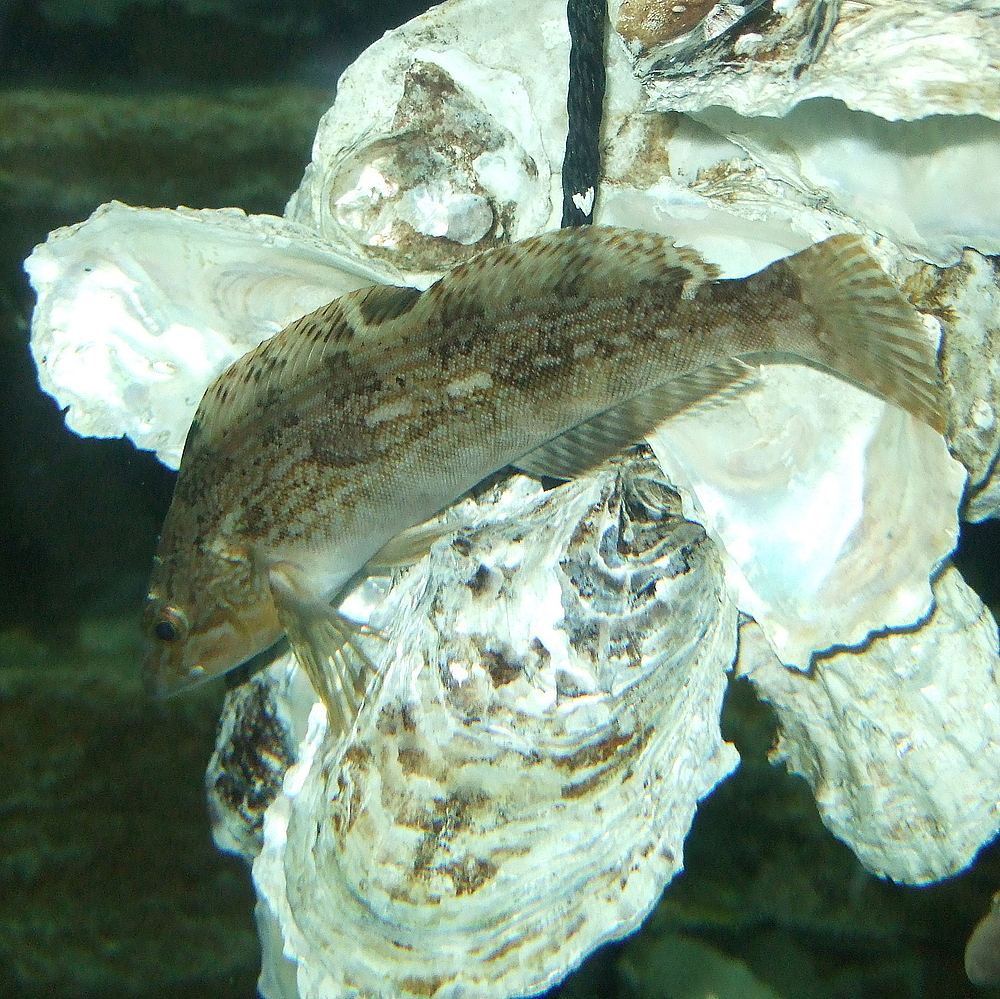
Artificial reefs breathe new life into ecosystems
Artificial reefs are becoming increasingly popular as a means of restoring and protecting coastal ecosystems and fishery resources. But do they work? A new study from the IIASA Evolution and Ecology Program suggests that the answer is a qualified yes.
Artificial reefs are man-made structures deployed on the sea floor, ranging from decommissioned vessels to purpose-built concrete structures. An artificial reef can provide new habitat for both juvenile and adult fish, thereby helping local populations to increase in abundance. At the same time, artificial reefs can reduce fishing pressures, because they restrict the types of fishing gear that can be used in their immediate vicinity. In particular, reefs hinder bottom trawling–an extremely efficient fishing method where conditions permit–as fishers run the risk of their expensive gear becoming entangled with the reef. Artificial reefs can also benefit tourism if they become places where divers can easily observe an abundance of diverse marine life.
Are artificial reefs worth the effort? It is well documented that artificial reefs indeed lead to local increases in many types of fish and shellfish. It is however more difficult to establish how much such increases are due to the enhanced productivity of local species, or because of the movement of individuals to the new reef from nearby areas–in the latter case, there is no increase in their overall regional abundance. Whether artificial reefs thus make economic sense remains uncertain, with some studies suggesting positive effects, while others have found no effects.
The Chinese government has invested heavily in artificial reefs [1]. In Shandong, a coastal province in eastern China bordering the Yellow Sea and the East China Sea, 170 artificial reef projects have been completed. The new reefs cover a total area of 150 square kilometers, that is, the equivalent of 21,000 football fields. The purposes of these reefs are manifold and include rebuilding fisheries, providing habitat for sea-ranching operations, and creating opportunities for tourism and recreational fisheries [2].

Artificial reefs in Shandong, China, have a positive effect on both the revenue and the catch per unit effort for an average fish species (right half), but not when revenues and catches are aggregated over all species (left half). The difference occurs because some of the dominant species on the control sites do not benefit from the artificial reefs, overshadowing the positive effect on many sub-dominant species. The vertical lines indicate the 95% confidence intervals.
In this study, IIASA researchers assessed whether artificial reefs brought economic benefits in terms of increased fisheries revenues. The data were obtained from three artificial reef sites and nearby control sites in Shandong, and monitored by researchers from the College of Fisheries of the Ocean University of China. In terms of total revenues across all species, the researchers found no consistent differences between reef sites and control sites. However, when the data were analyzed at species level, different results became evident, with both catch and revenue obtained with the same effort being about 40% higher at the reef sites than at the control sites [2].
According to the researchers, the fact that the two types of analyses led to different conclusions is not surprising, as they address different questions. For the aggregate analysis examining total revenues, the results were largely determined by the responses of the dominant species that make up the bulk of the catches.

Fat greenling (Hexagrammos otakii) is the most abundant species in the artificial reef sites. Source: Wikimedia Commons (CC-BY-SA-2.5).
In particular, the species that dominated the control sites did not benefit from the artificial reefs, or were even negatively affected, hence, an overall effect could not be found. In contrast, when the researchers analyzed the data so that all species were given equal weight (without considering rare species), the sub-dominant species also became influential for the results. Among these, many species benefited from the artificial reefs [2].
This study highlights the need to be specific when asking sustainability questions such as what the benefits of artificial reefs are for fisheries. Although it is legitimate to focus on overall performance and/or average effects across species, it must be recognized that these represent distinct criteria that should not be confused when planning reef projects and assessing their outcomes.
References
[1] Shen G & Heino M (2014). An overview of marine fisheries management in China. Marine Policy 44: 265-272.
[2] Sun P, Liu X, Tang Y, Cheng W, Sun R, Wang X, Wan R, & Heino M (2017). The bio-economic effects of artificial reefs: mixed evidence from Shandong, China. ICES Journal of Marine Science 74 (8): 2239-2248.
Collaborators
- Fisheries Resource and Environment Research Center, Chinese Academy of Fishery Sciences, China
- Department of Biology, University of Bergen, Norway
- Institute of Marine Research, Norway
- Centre for Ecological and Evolutionary Synthesis, University of Oslo, Norway
- College of Fisheries, Ocean University of China, China
Further information
Other highlights
Top image © Durden Images | Shutterstock




You must be logged in to post a comment.